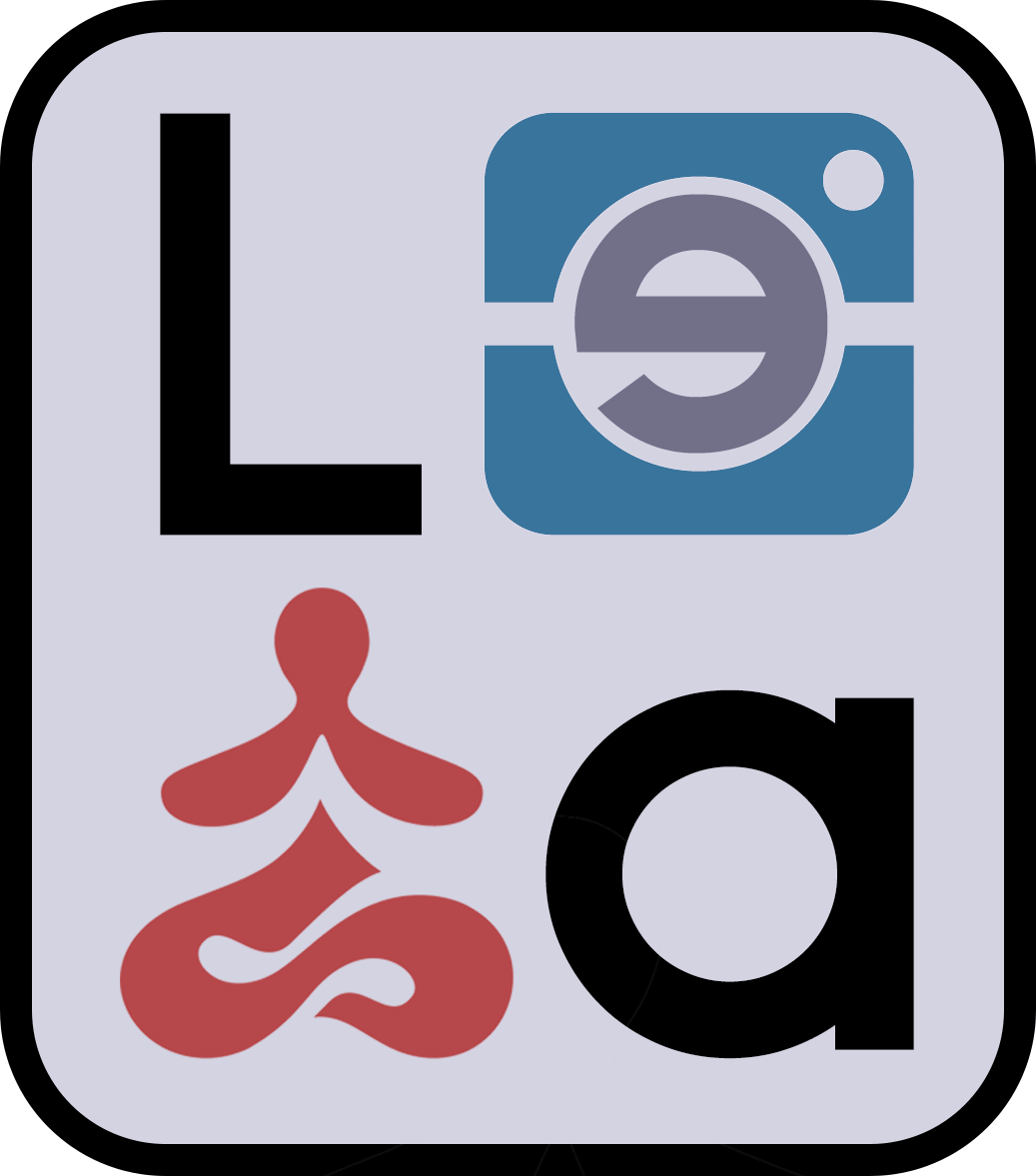Yoga Props: Your Secret Power
Normalising the Use of Props in Yoga
I’ve wanted to write about this topic for a long time. I know there are probably millions of articles about yoga and props, but I want to share my perspective on why I use them and how they have transformed my practice and teaching.
What Are Yoga Props?
Yoga props are tools that help us modify, deepen, or access poses in a way that supports our body’s needs. There are many available, including blocks, straps, blankets, bolsters, zafus, pillows, yoga wheels, and even chairs.
I call them the hug you receive when you most need it.
The Misconceptions About Props
I often see surprised expressions in my classes when new students, especially those attending drop-in sessions, notice that I use props like blocks, bolsters, or blankets. Some hesitate, saying, “I don’t need assistance for the pose.” This reaction made me wonder: what do people really think about props?
Many avoid using them, assuming props are only for beginners or that relying on them somehow makes them “less of a yogi.” But is that really the case?
My approach to yoga has always been functional, focusing on how a pose feels rather than how it looks. My goal is to guide students safely and offer variations that work for all body types.
As the saying goes:
“Yoga is not a workout; it’s a work-in.”
It took weeks for some students to realise that props aren’t just for beginners—they help you experience a pose more effectively. Every body is different, and yoga should be about feeling the pose, not forcing an aesthetic alignment.
When I first introduced props into my own practice, I discovered a whole new dimension of movement and sensation. Our bodies change over time, and accepting these changes is crucial for a sustainable and injury-free practice. I’ve seen students resist these changes, only to end up injured because they ignored their body’s signals. If we don’t listen to our bodies, how can we truly connect with ourselves?
How Props Can Transform Your Practice
Props enhance our practice in many ways, but the best part is how they can turn poses we once struggled with—or even avoided—into some of our favourites.
Since entering menopause, I’ve found deep comfort in restorative poses that involve props. Blankets, bolsters, pillows, and blocks have become my best companions. They allow me to fully relax into a posture, surrender to the moment, and deepen the connection between my body and soul.
How to Introduce Props Into Your Practice
In any given yoga class, you’ll find a wide variety of body types and movement abilities. I’ve seen frustration arise when students compare themselves to others. My approach? I introduce props.
Just placing a block under their pelvis or a blanket under their arm can instantly shift their experience. Their faces soften, their bodies relax, and suddenly, they stop comparing and start feeling the pose.
A student recently told me how much she enjoyed using blocks—how they improved her practice and helped her develop greater body awareness. She admitted that before, she was more focused on how the pose looked rather than how it felt.
Another great way to explore props is by using them for variations of familiar poses:
Child’s Pose (Balasana) with blocks under the hands creates a completely different sensation.
Downward-Facing Dog (Adho Mukha Svanasana) with blocks under the hands changes the stretch.
Supported Fish Pose with a bolster offers an entirely new level of release.
Camel (Ustrasana) or Saddle Pose with blocks or a bolster transforms them from intimidating into enjoyable.
Using a chair for standing, balancing, or seated poses can be a game-changer—try Triangle Pose (Trikonasana)or Extended Side Angle (Utthita Parsvakonasana) with a chair and notice the difference.
My Favourite Props
For years, I swore by blocks and straps. But not just any blocks or straps—I have my favourites:
Cork blocks: After trying foam and wooden ones, cork blocks strike the perfect balance between stability and comfort. I don’t want total ease; I want that fine line between support and challenge.
100% cotton straps: They provide better grip and durability, helping with alignment and deepening stretches.
Bolsters: A game-changer for relaxation, especially since menopause. They’ve allowed me to fully embrace poses I once resisted—like Savasana. (Yes, for years, I avoided Savasana! And as they say: “The pose you avoid the most is the one you need the most.”)
Zafu (meditation cushion): Since using one, I no longer fidget during meditation. It grounds me effortlessly.
Props have transformed not only my personal practice but also my teaching. They’ve helped me see students’ needs more clearly and offer them the right tools to feel safe and supported in their practice.
Where to Get Quality Props
You can find yoga props online, but after years of testing different brands, here are my favourites:
Cork Blocks: Mundoyoga – High-quality blocks made in Spain.
Straps: Lotus – The best cotton straps I’ve found.
Bolsters & Zafus: Amrita by Reme – Handmade in Spain with love.
Yoga Mats: ESWISS – I recently discovered their microfibre and PU mats, and they’re fantastic.
Props are not a sign of weakness. They are tools for growth, self-awareness, and injury prevention. Whether you’re new to yoga or have been practising for years, embracing props can open new doors in your practice, helping you move with greater ease, confidence, and joy.
So, if you’ve been avoiding props, maybe it’s time to give them a try.
You just might discover a whole new way to experience yoga.




